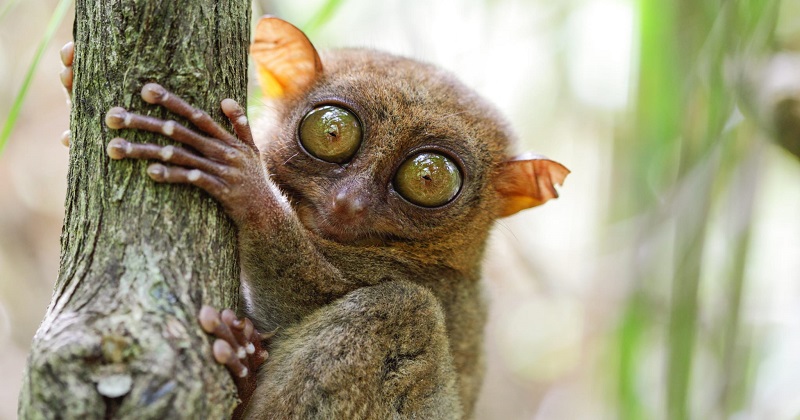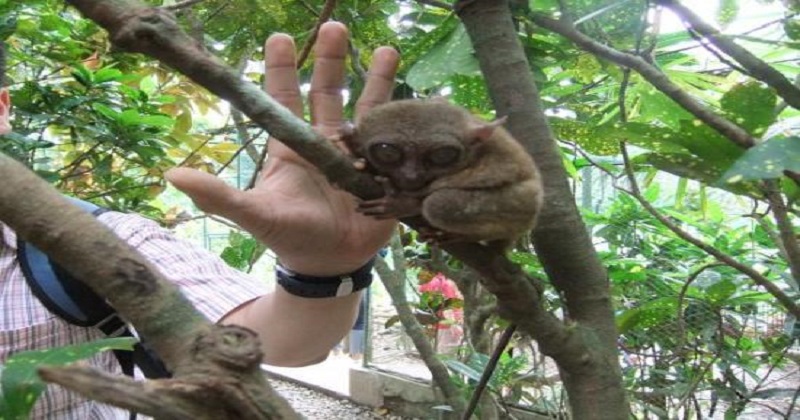
Tarsier is a small primate found only in the islands of Southeast Asia. They belong to the genus Tarsus. Although they look similar to baby boomers, there is no connection between them. Weighing 80 to 150 gm, they prey at night. Another feature of these is their soft fur.

Tarsiers have long hind legs and long tails. They also have a rounded head, large eyes, and a flat face. They are called tarsiers because of their longer hind legs. Tarsiers were once widespread. Fossils have been found in Asia, Europe and North America. Currently, they are restricted to the islands of the Philippines, Borneo and Sumatra.

One of their main feature is their wide eyes. Each eyeball is 16 mm in diameter. It has the ability to turn the head completely backwards. The head can be rotated backwards up to 180 degrees. Long and slender fingers help to cling to tree branches. They can also jump and move like frogs. The brains of tarsiers are different from those of other primates. They have a special connection with the lateral geniculate nucleus, a part of the brain that provides information about eyes and vision. Tarsiers feed mostly on insects. They also feed on birds, snakes and lizards. Large mouth and strong jawbone help to eat large prey.

Tarsiers make a variety of sounds. Alarm calls, calls for food, and the sound of babies calling are important. In addition to making sounds, it also emits a specific type of odor from the body for communication. The glands are located on the face and stomach. The lifespan of each tarsier is different. Their average lifespan is estimated to be 12 to 20 years.

Post Your Comments